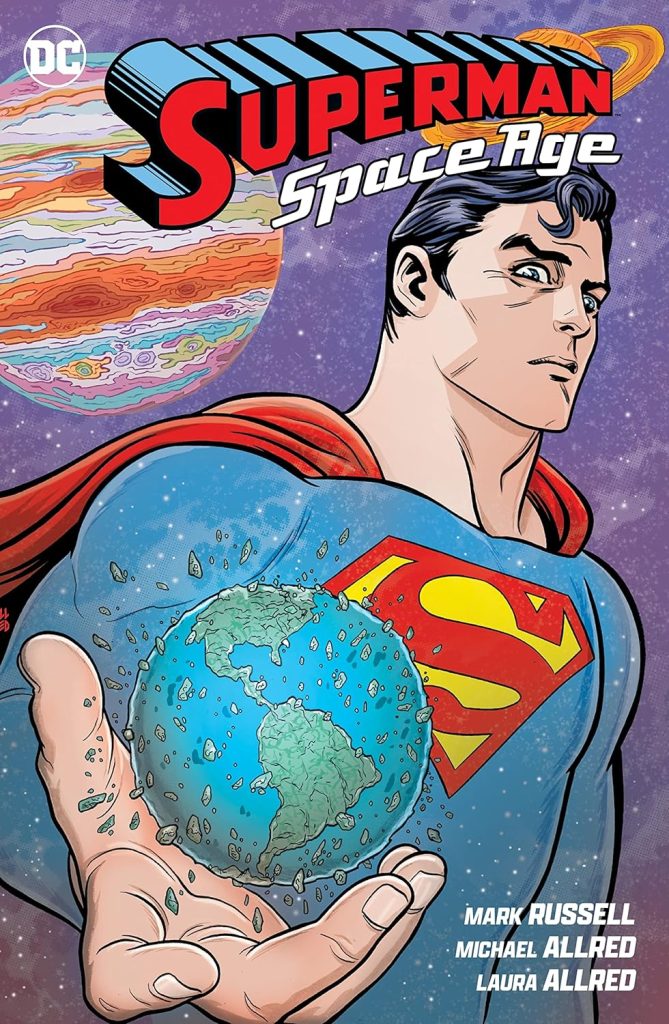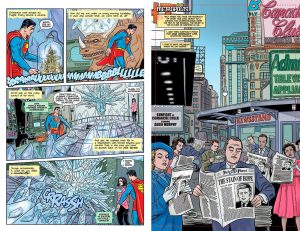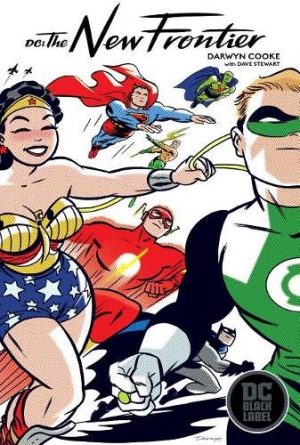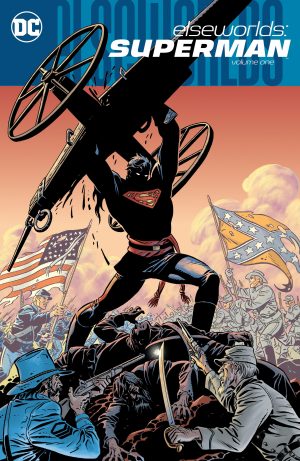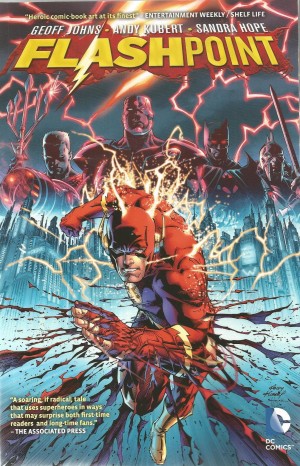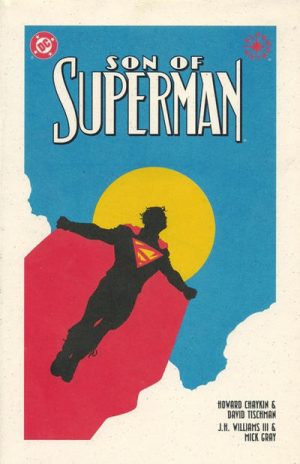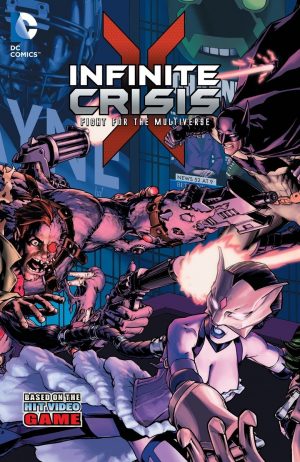Review by Woodrow Phoenix
Superman: Space Age is an alternate history, centred around the 1960s as a key decade politically and culturally. One way to look at that time period is the USA’s bright techno-optimism for a shiny future crashing to the ground in the wake of the assassinations of John F and Bobby Kennedy, Martin Luther King and Malcolm X, plus Vietnam and other political disasters. Mix that with the destruction of universes in DCs big reorganisation of continuity in Crisis On Infinite Earths, add the downbeat flavour of the version of Superman seen in the 2013 Man of Steel movie, struggling to find his purpose and Space Age presents an unsure hero with immense challenges to overcome.
It opens with a series of captions over images of a despairing Kal-El in his Fortress of Solitude telling us we are about to witness his death along with his wife Lois, Metropolis and everything he knows and represents. This is not usually a scenario that worries readers of superhero comics. We all know Superman is at his best when facing impossible odds. He will be tested, he will almost crumble but he will never give up. He will win in the end because that’s who Superman is. And also there’s an audience buying regular monthly comics and those stories need to keep coming. But Elseworlds stories generally follow the opposite template: starting by asking ‘what if’ and answering the question with nothing held back to arrive at the most extreme results.
The 1960s setting, plus the interweaving of plotlines involving the origins of Superman, Batman, Lex Luthor, the formation of the Justice League and several potentially world-ending menaces puts this book in the same territory as DC: The New Frontier. But where that series had a very clear timeline with well-defined characters on a dynamic trajectory, Space Age jumps seemingly at random between 1985, 1964 and 1974. Characters are introduced at the moment they discover their purpose, suddenly we see them as seasoned heroes and then just as abruptly they’re back to being novices again.
Plot details arbitrarily dispersed and many digressions adding nothing to the main storyline make this feel like a patchwork of ideas, not one coherent narrative. A lot of work goes into making the detailed visuals vaguely unsettling. Michael Allred’s pop-art style drawings of characters that could be action figures have an oddly gothic quality, their heavy-lidded eyes all shadowed as if Curt Swan was drawing a Sandman comic. Whether intended or not, it’s a style that makes even the most upbeat moments feel doomed. Superman does have a plan to save the world but by the end of this grim march through one cataclysm after another you might wonder if what’s left is worth it. Your response to the ending will depend on how convinced you are by this revision of Superman.
